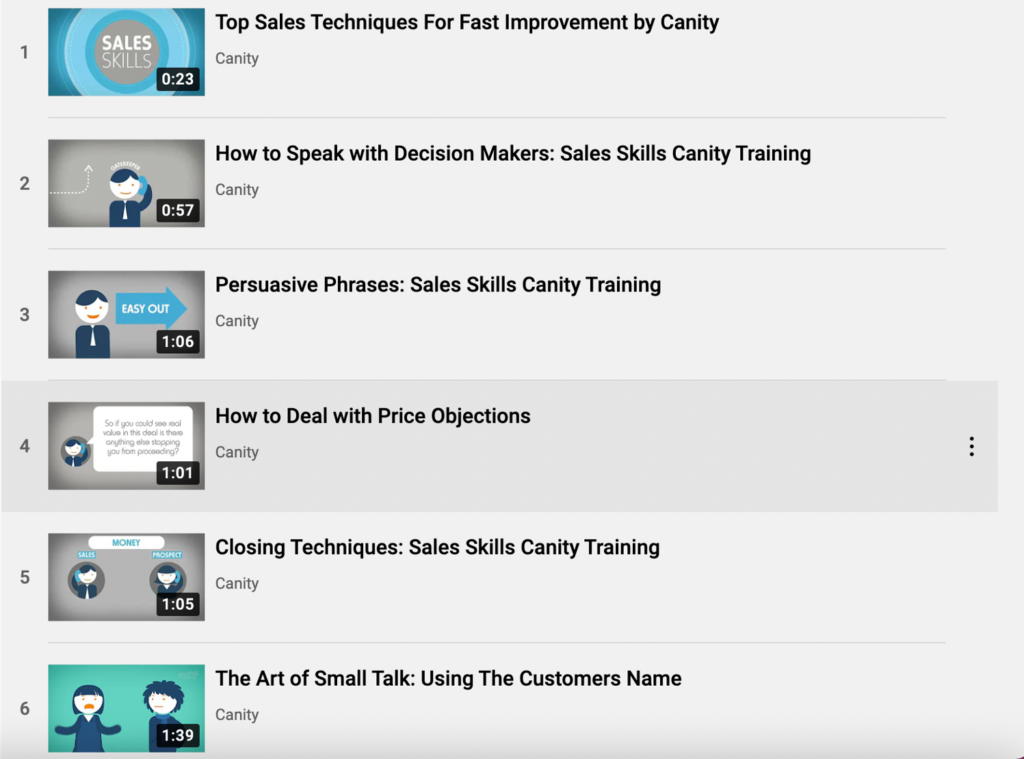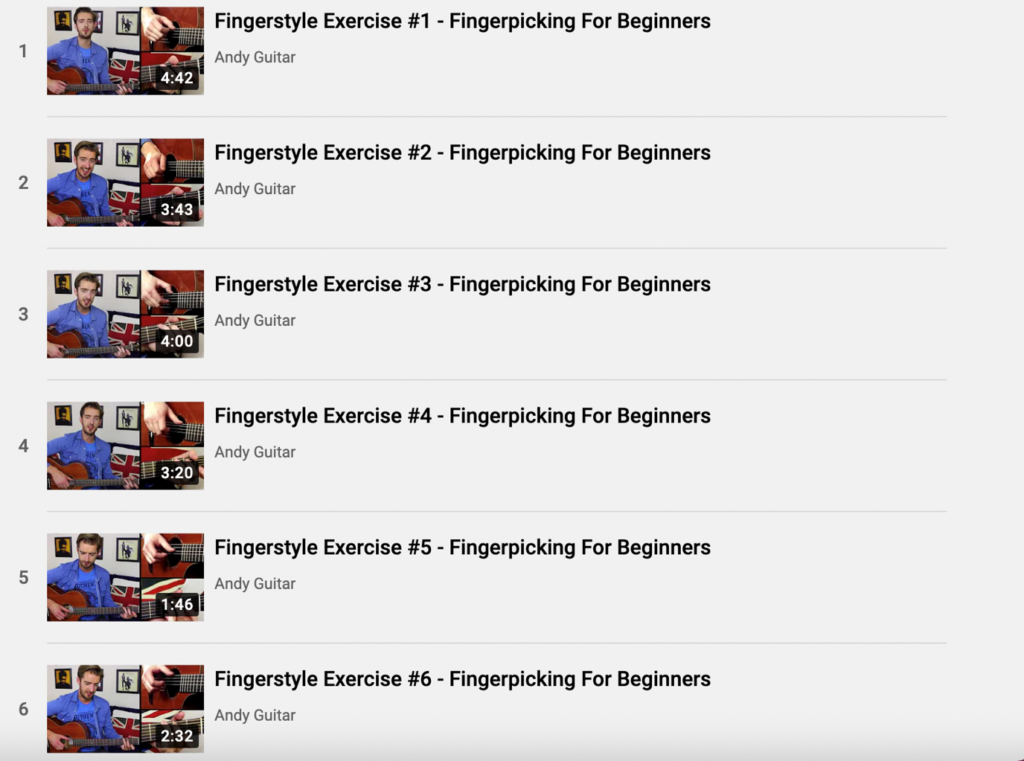E-learning courses have the potential to be incredibly interesting and effective, but if done wrong, they also have the potential to put your viewers to sleep. If you want to make the most of your training videos, there are many things you can do to make a course that’s as engaging as it is informative. Here are the Small Films team’s top 5 tips to help you create e-learning course content that sticks and won’t have your e-learners nodding off as they view from home.
Tip #1: Keep your videos concise
The average attention span online is about 8 seconds, which means video duration should definitely be considered when making a training course that keeps learners hooked.
Bite-sized chunks are better for engagement and retention rather than lengthy segments that overload your students with information.
So, instead of squeezing content into one 30-minute video, break it up into a few shorter ones. Along with being easily digestible, completing multiple short and snappy videos will give learners a better sense of their progress.
This training series by Canity keeps videos short and to the point to teach viewers sales skills through customer service.
Watch e-learning course series
Watch e-learning course video: How to Speak with Decision Makers.
Here’s another option…
This training series by Andy Guitar on YouTube teaches beginner guitarists the basics of fingerpicking, using videos all under 5 minutes.
Watch e-learning course video: Fingerpicking for beginners
Tip #2: Tell a story and demonstrate the application
Telling a story to demonstrate how concepts should be applied will captivate viewers and make your e-learning course content much more memorable.
Let’s say you’re creating a training video about customer service tactics:
Imagine listening to a list of facts and instructions on how to handle a difficult customer. Now imagine watching those concepts in action in a scenario where a customer service representative de-escalates the situation. Which would you be more likely to remember?
You can keep scenarios pretty simple: 2 to 3 characters played by team members or actors, a challenge to solve, and a solution is all you need to tell a meaningful story that will connect with your learners.
Tip #3: Make it interactive
To encourage active learning, give viewers a chance to put what they’ve learned to the test. Incorporating interactive elements like short quizzes and questions allows them to engage with the content and make sure it sticks.
You can even add some fun by including gamification features such as leaderboards, badges, and achievements, which are sure to encourage some friendly competition. Game-like elements make digital learning an exciting experience and are great at incentivising people to perform well.
Tip #4: Use a mix of visual media
When creating an E-learning course with a video production company, creative and exciting videos are the ones that will generate the most engagement. Remember, our online attention spans are about eight seconds. That means you should consider entwining high-quality footage with animations, graphics, charts, and graphs to vary what viewers see.
You don’t want to overload these effects, but you do want to tastefully integrate some of them to make your course a visually interesting experience.
Here are a few examples of training videos with memorable uses of visual features to get you started:
Watch e-learning video: Unconscious bias test
Watch e-learning video: Back pain educational video
Watch e-learning video: Chuckleheads
Tip #5: Use high-quality audio
Video-based E-learning has the ability to support not only captivating visuals but enriching audio as well. Using audio means that your videos will engage multiple senses at once.
If your e-learning course doesn’t already include people speaking on camera, you can use a voiceover to narrate your content– auditory learners will thank you.
Elements like background music and sound effects, while not a necessity, certainly enhance the overall tone and make your video more fun to watch– as long as they fit your content. Background music should be light and instrumental; a “pop” or a “whoosh” sound effect every once and a while should spice things up without distracting from your content.
Conclusion
The goal of any digital instructor is to share E-learning courses that immerse viewers in the experience and encourage them to actively learn. Training videos are the best way to do just that– the stats say it all.
Viewers remember 95% of a message when they watch it in a video and only 10% when they read it in text. So if you’re choosing video as the medium for your E-learning course, you’ve already made it halfway to more effective training. But if you want to take full advantage of all of the features you can include for engagement and retention, these 5 tips will make the learning process on your video-based E-learning course simple, effortless, and fun.
About Small Films
Small Films is a video production company in London that specialises in creating e-learning videos. If you’re looking to create an e-learning course and want to ensure your video content hits the right notes, then give us a bell.






